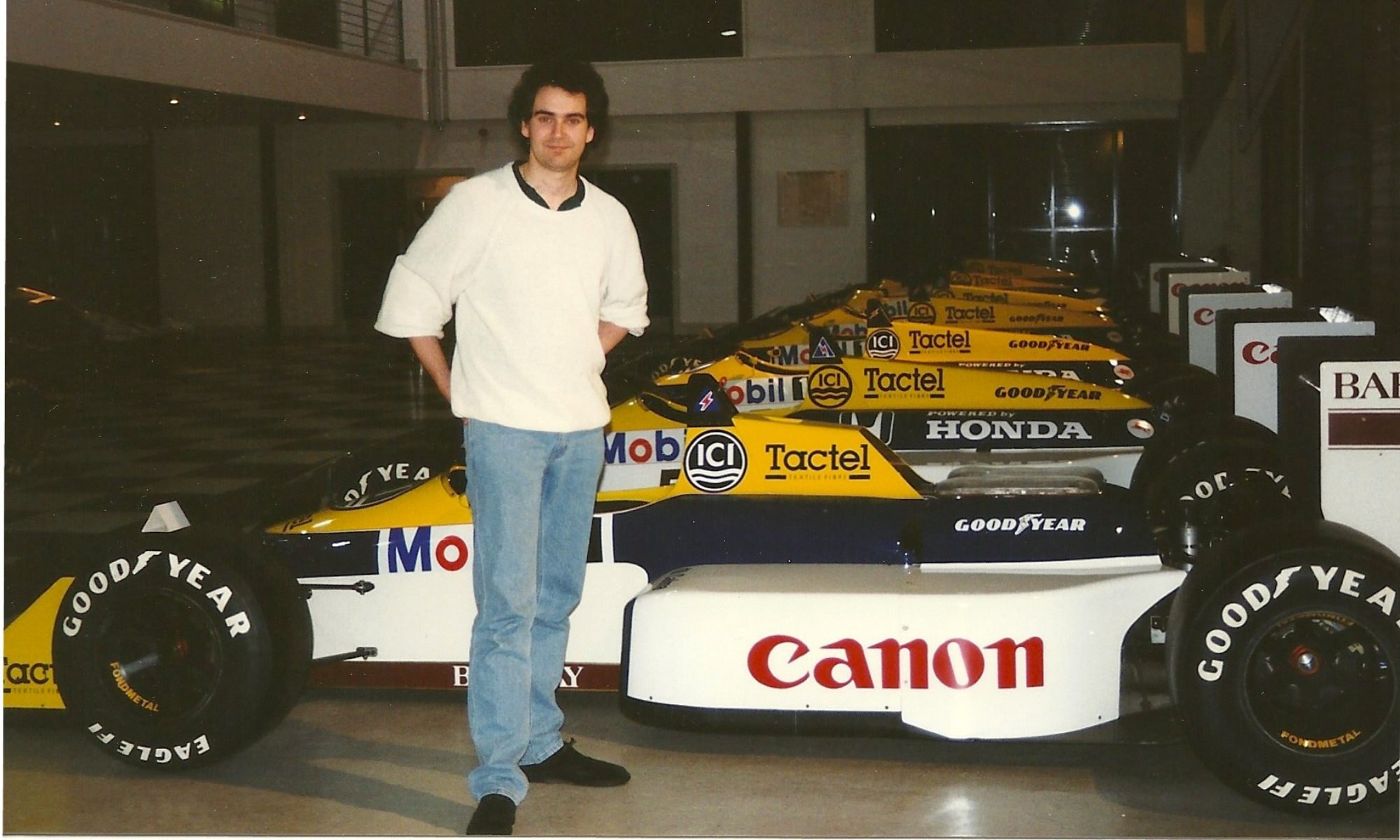Now here’s somewhere I HAVE been before, although sometimes I wish I hadn’t. At the Royal Berkshire Hospital (RBH) our family has had children born, major and minor operations and various appointments attended. The people there have been great and the building, well, it looks like a hospital. Except that is for what is now the old main entrance, shown above, which is where tonight’s event took place.
Looking Back
Tonight’s event was very much in three parts with the first two sat down in the very grand setting of the Old Pathology Library.
The first part was a slightly disjointed talk on the history of the original building. Built between 1837-9 on land that was gifted under the covenant that it could only be used for healthcare purposes which, as we shall see, becomes relevant for part two. The build cost £12,000 (a very reasonable £1,004, 157 in today’s money) and was paid for by donations and public subscriptions.
The RBH opened its doors on the 28th May 1839 and the first patient, one George Earley, a 15-year-old boy working on a local railway cutting, was admitted just two days later. Unfortunately, he had to have his arm cut off at the shoulder without anaesthetic.
What was interesting was just how different trades were valued in 1839. As you can see from the chart below the gardener, porter and cook at the RBH all earned more than the nurse, twice as much in the case of the gardener. Turns out we have never properly valued the work of the nurse.

Looking Forward
The second part of the evening was a talk about the rebuilding of the hospital. Wait a minute, you’d have thought I would have heard about a £1B plan to rebuild the hospital but no that seems to have passed me by.
The proposals do seem to have government approval and are still at the planning stage with options including both rebuilding on the current site and at a new location. There are several reasons why the former would be challenging: subsidence at the lower end of the site under the original building and that it is Grade 2+ listed so would be very difficult to make any changes to it at all. Also, remember that covenant about only healthcare use? No selling the land off here to a developer for flats to offset the cost of a build elsewhere.
It will be interesting to see where this goes over the years but the intention seems to be to have completed whatever work is necessary by 2030.
A Grand but Sad Ending
Finally, were were taken on a tour to the King Edward VII Ward which was originally built as a children’s ward and has a number of very fine tiled tableaus around the walls depicting scenes from nursery rhymes and children’s stories. These were very fine indeed and I hope that they are protected like the rest of the building.
Unfortunately, the room is still in use today by oncology where patients sit as they receive their chemotherapy. There has been talk about the Royal Berkshire Medical Museum moving in here once the rebuild is complete which would be a great location for it.
As I was leaving I noticed a sign to the chapel so popped in there and was surprised to find a space larger than some churches I have been in and, again, it was beautifully appointed. I wonder how well it is used in today’s multi-faith and reducing-faith, society.















Hmmmm, very interesting. The gardener was probably paid more than a nurse because the outside of the building is what is seen first by everyone else, including new patients and new doctors. Kerb-appeal never changes. Neither does the interests of property owners and landlords, most of whom do not want land being sold for residential development, thereby increasing the supply of housing and putting the brakes on local property values – and enabling tenants to afford homes of their own instead of paying them rent.
A fascinating building though, my sister and my three nieces were all born there, my mother had surgery there in 1972, my brother and myself had outpatient treatment in the 1980s. We all thought the staff were excellent. I will be keeping the “Royal Berks” and all who work there in my thoughts and prayers.